/ News

Seven robots you need to know. Pointing the way to an android future
Walking. Grasping an object. Empathising. Some of the hardest problems in robotics involve trying to replicate things that humans do easily. The goal? Creating a general purpose robot (think C-3PO from Star Wars) rather than specialised industrial machines. Here are seven existing robots that point the way towards the humanoid robots of the future.
Atlas
Use: Originally built for Darpa Robotics Challenge
Made by: Boston Dynamics
What it tries to do: Achieve human-like balance and locomotion using deep learning, a form of artificial intelligence.
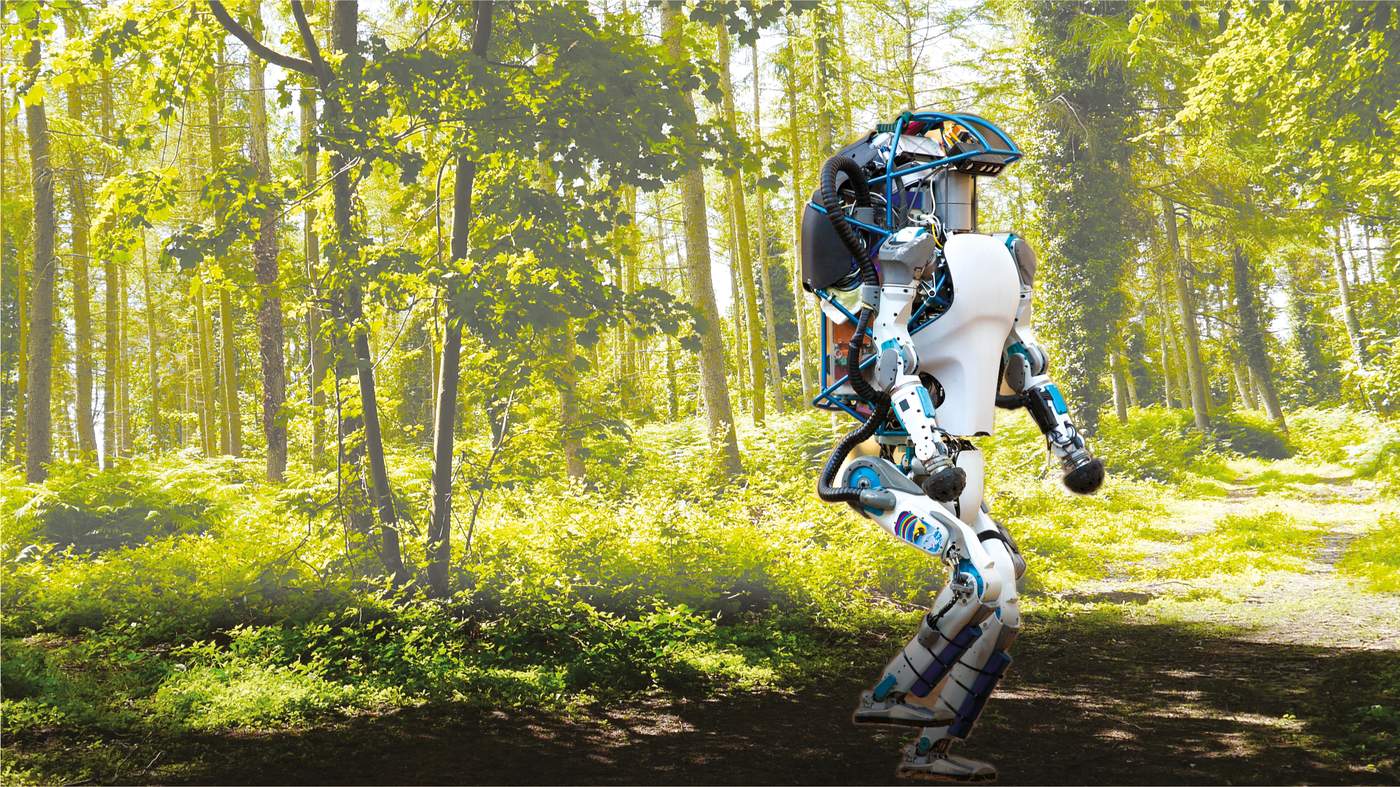
“Our long-term goal is to make robots that have mobility, dexterity, perception and intelligence comparable to humans and animals, or perhaps exceeding them; this robot is a step along the way.”
MARC RAIBERT, FOUNDER, BOSTON DYNAMICS
Features:
• 1.7m tall and weighs 82kg
• Can walk on two feet and get back up if it falls down
Human equivalent: Legs/skeleton/musculature
Superflex
Use: Military. Part of Darpa’s Warrior Web project
Made by: SRI Robotics
What it tries to do: A suit that makes the wearer stronger and helps prevent injury
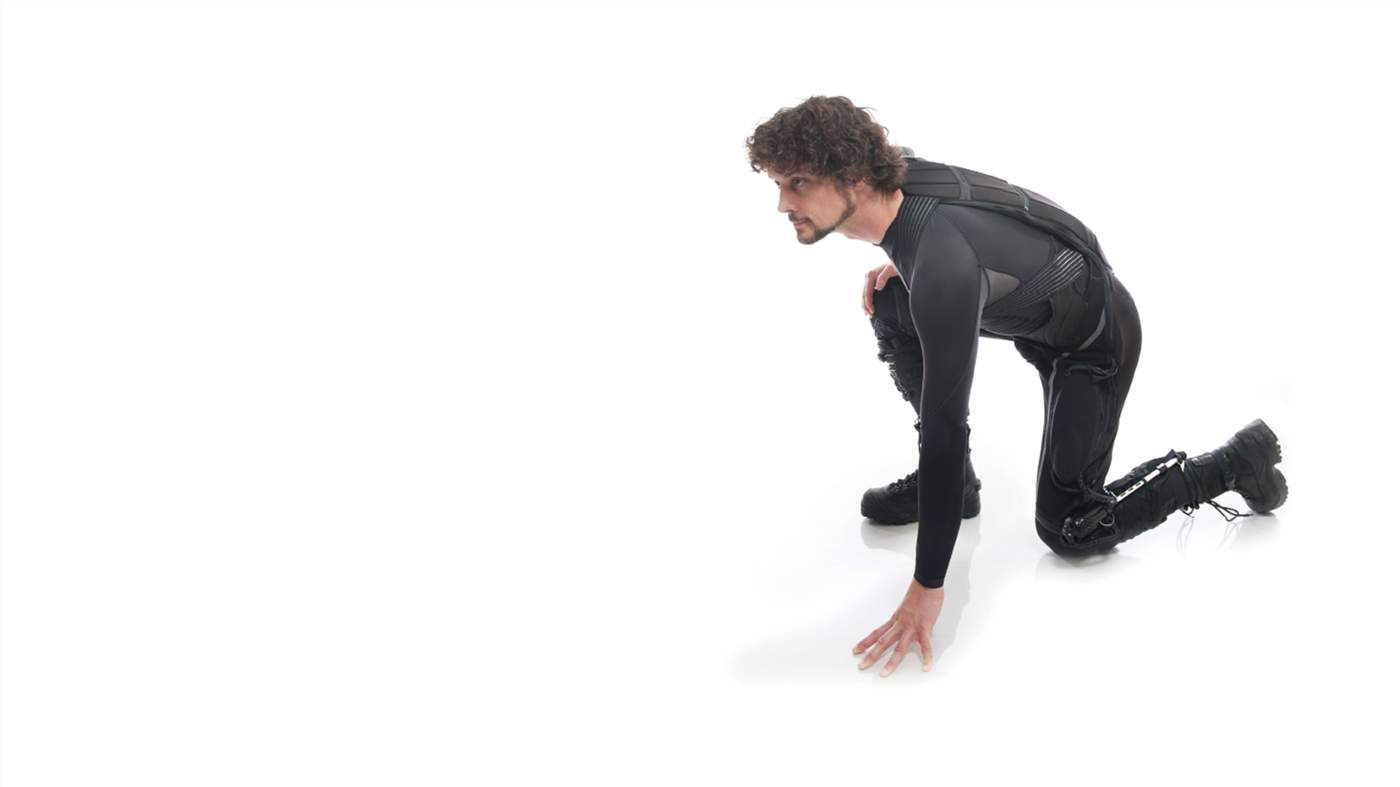
Superflex is a type of ‘soft’ robot, which can mould itself to the environment or a human body in a way that typical robots can’t. The goal is to make machines that feel and behave more like biological than mechanical systems, and give additional powers to the wearer.
Features:
• Battery-powered compressive suit weighs seven pounds
• Faux ‘muscles’ can withstand 250lb of force
Human equivalent: Musculature
Photo: SRI International
Amazon Echo
Use: Voice-controlled speaker
Made by: Amazon
What it tries to do: Lets you control devices by talking to them

It may not have any moving parts, but Amazon’s Echo – and Alexa, the digital assistant that lives inside it, is definitely trying to solve one of the central problems in robotics: how to create robots that can recognise human speech and provide natural voice responses.
You can tell Alexa to:
• Control your light switches• Give you the latest sports scores
• Help tune your guitar
Human equivalent: Voice and ears
Life-like humanoids
Use: Natural interactions
Made by: Hiroshi Ishiguro Laboratories
What they try to do: Create a sense of ‘presence’, or sonzai-kan in Japanese, by making robots that look identical to humans

“Our goal is to realise an advanced robot close to humankind and, at the same time, the quest for the basis of human nature.”
Geminoid-F photo: Getty, video: Hiroshi Ishiguro Laboratories.
Pepper
Use: Day-to-day companion, and customer assistant
Made by: SoftBank
What it tries to do: Recognise and respond to human emotions
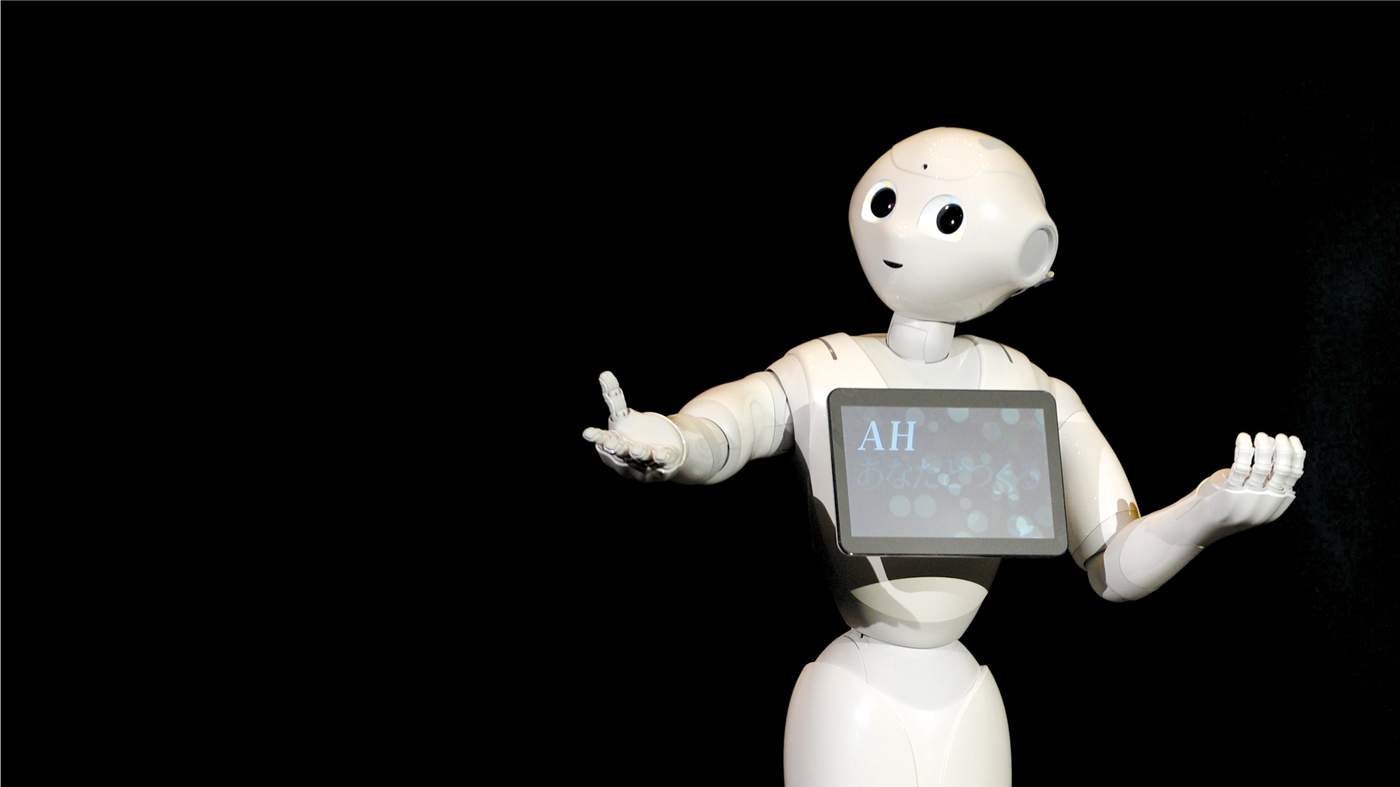
While Pepper clearly looks like a robot rather than a human, it uses its body movement and tone of voice to communicate in a way designed to feel natural and intuitive.
Human equivalent: Feelings and emotions
Photo: Getty
Robo Brain
Use: Knowledge base for robots
Made by: Cornell University
What it tries to do: Accumulate all robotics-related information into an interconnected knowledge base similar to the memory and knowledge you hold in your brain.
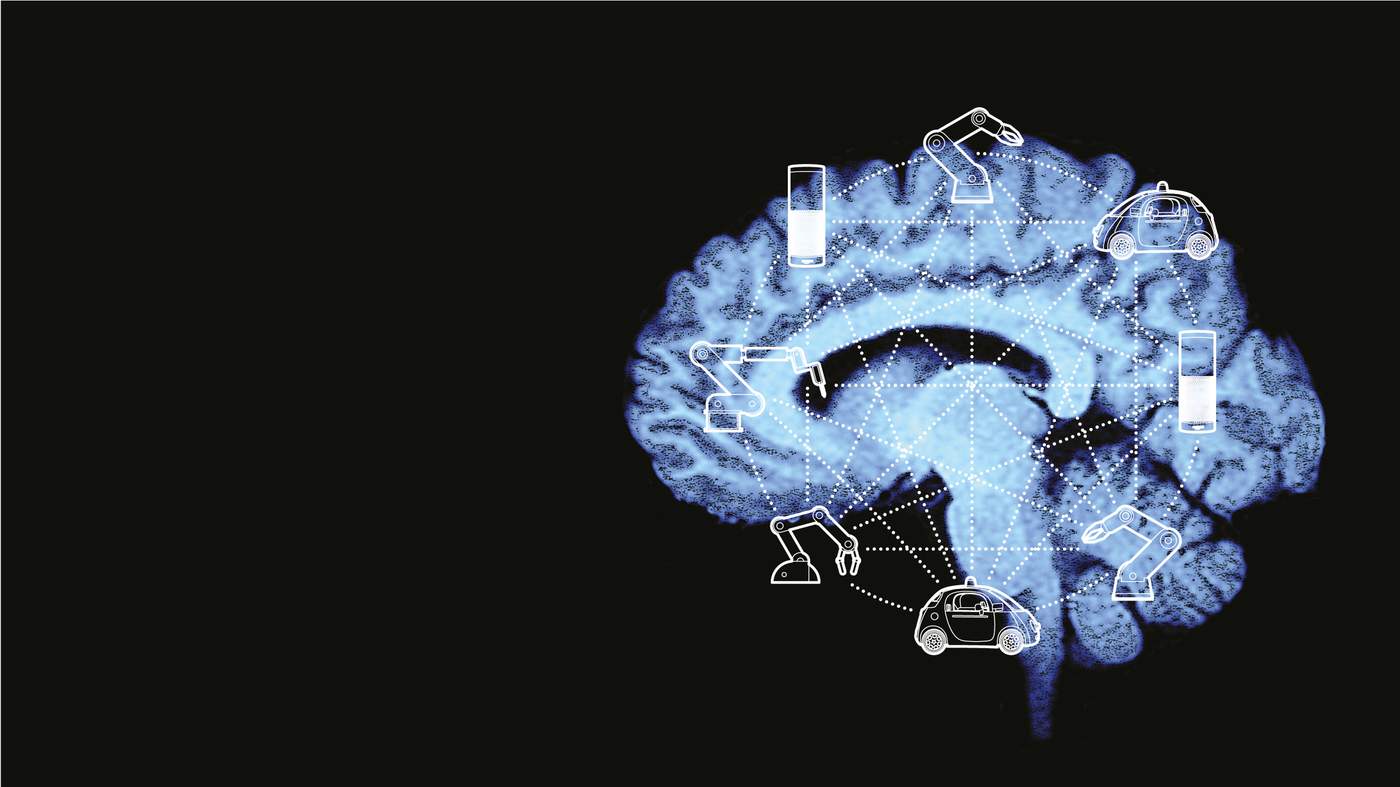
The human brain is such a complex organ that it would be extremely difficult to create an artificial replica that sits inside a robot. But what if robots’ ‘brains’ could exist, disembodied in the cloud? Robo Brain hopes to achieve just that.
Researchers hope to integrate 100,000 data sources into the database.
Challenges: Understanding and juggling different types of data
Google Car
Use: Self-driving car
Made by: Google
What it tries to do: Group learning and real-time co-ordination
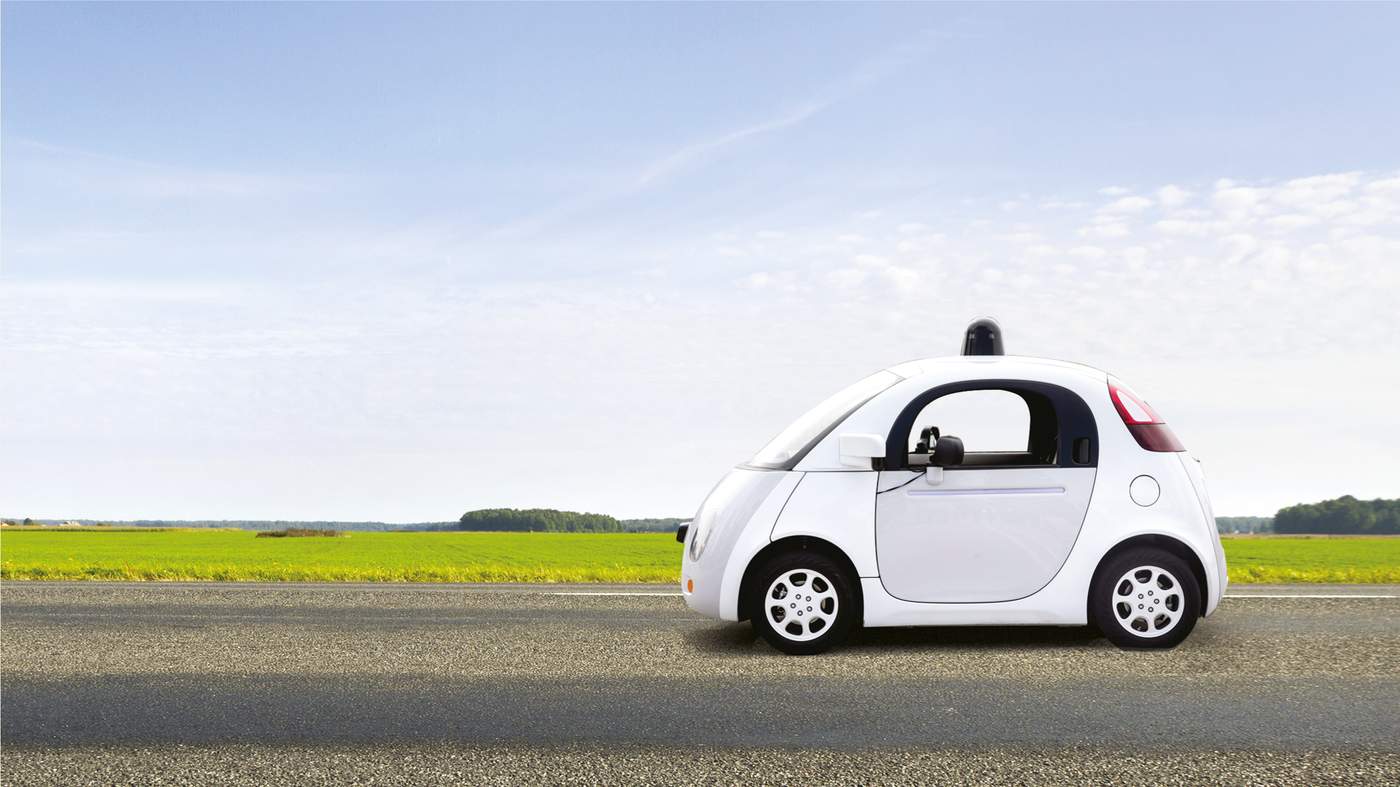
The true ambition behind Google’s automotive efforts is not just to make a car that can drive itself. Instead, it’s to use group learning to strengthen artificial intelligence, so that if one Google car makes a mistake and has an accident, all Google cars will learn from it. This involves managing large-scale, real-time co-ordination.
What happens when robots rule the road
Photos: FT Graphic/Getty/Dreamstime
Source: https://ig.ft.com/sites/seven-robots/
/ About us
Founded by Russian entrepreneur Dmitry Itskov in February 2011 with the participation of leading Russian specialists in the field of neural interfaces, robotics, artificial organs and systems.
The main goals of the 2045 Initiative: the creation and realization of a new strategy for the development of humanity which meets global civilization challenges; the creation of optimale conditions promoting the spiritual enlightenment of humanity; and the realization of a new futuristic reality based on 5 principles: high spirituality, high culture, high ethics, high science and high technologies.
The main science mega-project of the 2045 Initiative aims to create technologies enabling the transfer of a individual’s personality to a more advanced non-biological carrier, and extending life, including to the point of immortality. We devote particular attention to enabling the fullest possible dialogue between the world’s major spiritual traditions, science and society.
A large-scale transformation of humanity, comparable to some of the major spiritual and sci-tech revolutions in history, will require a new strategy. We believe this to be necessary to overcome existing crises, which threaten our planetary habitat and the continued existence of humanity as a species. With the 2045 Initiative, we hope to realize a new strategy for humanity's development, and in so doing, create a more productive, fulfilling, and satisfying future.
The "2045" team is working towards creating an international research center where leading scientists will be engaged in research and development in the fields of anthropomorphic robotics, living systems modeling and brain and consciousness modeling with the goal of transferring one’s individual consciousness to an artificial carrier and achieving cybernetic immortality.
An annual congress "The Global Future 2045" is organized by the Initiative to give platform for discussing mankind's evolutionary strategy based on technologies of cybernetic immortality as well as the possible impact of such technologies on global society, politics and economies of the future.
Future prospects of "2045" Initiative for society
2015-2020
The emergence and widespread use of affordable android "avatars" controlled by a "brain-computer" interface. Coupled with related technologies “avatars’ will give people a number of new features: ability to work in dangerous environments, perform rescue operations, travel in extreme situations etc.
Avatar components will be used in medicine for the rehabilitation of fully or partially disabled patients giving them prosthetic limbs or recover lost senses.
2020-2025
Creation of an autonomous life-support system for the human brain linked to a robot, ‘avatar’, will save people whose body is completely worn out or irreversibly damaged. Any patient with an intact brain will be able to return to a fully functioning bodily life. Such technologies will greatly enlarge the possibility of hybrid bio-electronic devices, thus creating a new IT revolution and will make all kinds of superimpositions of electronic and biological systems possible.
2030-2035
Creation of a computer model of the brain and human consciousness with the subsequent development of means to transfer individual consciousness onto an artificial carrier. This development will profoundly change the world, it will not only give everyone the possibility of cybernetic immortality but will also create a friendly artificial intelligence, expand human capabilities and provide opportunities for ordinary people to restore or modify their own brain multiple times. The final result at this stage can be a real revolution in the understanding of human nature that will completely change the human and technical prospects for humanity.
2045
This is the time when substance-independent minds will receive new bodies with capacities far exceeding those of ordinary humans. A new era for humanity will arrive! Changes will occur in all spheres of human activity – energy generation, transportation, politics, medicine, psychology, sciences, and so on.
Today it is hard to imagine a future when bodies consisting of nanorobots will become affordable and capable of taking any form. It is also hard to imagine body holograms featuring controlled matter. One thing is clear however: humanity, for the first time in its history, will make a fully managed evolutionary transition and eventually become a new species. Moreover, prerequisites for a large-scale expansion into outer space will be created as well.
Key elements of the project in the future
• International social movement
• social network immortal.me
• charitable foundation "Global Future 2045" (Foundation 2045)
• scientific research centre "Immortality"
• business incubator
• University of "Immortality"
• annual award for contribution to the realization of the project of "Immortality”.



 LinkedIn
LinkedIn
 LiveJournal
LiveJournal
 Google
Google
 Twitter
Twitter
 Facebook
Facebook
 Я.ру
Я.ру
 ВКонтакте
ВКонтакте
 Mail.ru
Mail.ru